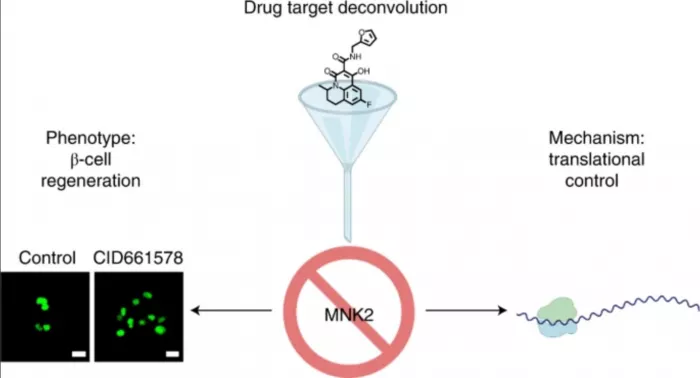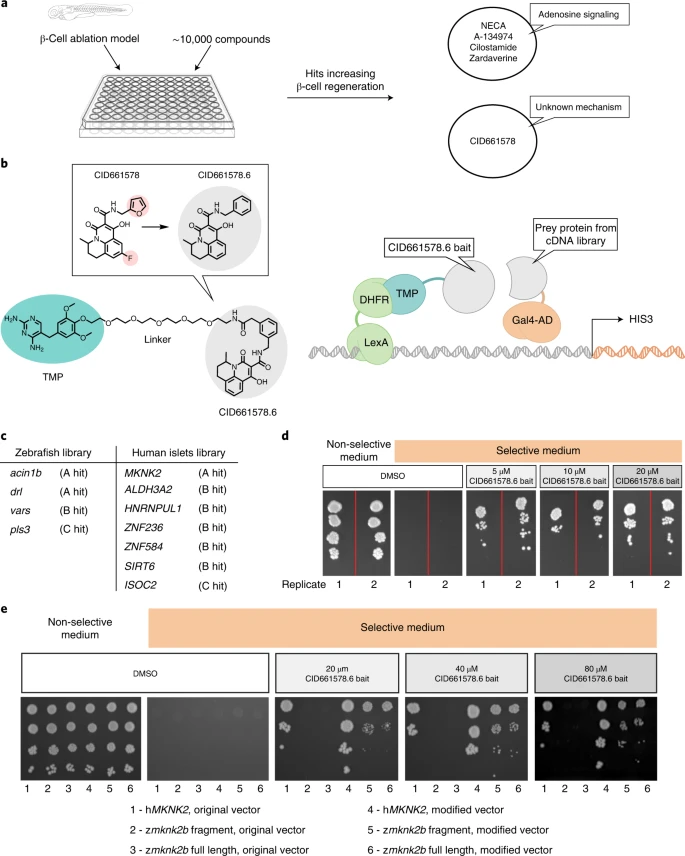A new way to treat diabetes is to repair or replace the cells that naturally produce insulin in the body. Swedish researchers have now identified a molecule that helps stimulate the growth of new insulin producing cells and revealed its working principle, thus opening up new potential treatments for diabetes.
Diabetes is characterized by insulin, a hormone that regulates blood sugar levels and allows the body's cells to gain energy. In type 1 diabetes, insulin is normally produced in the pancreas β Cells cannot produce enough insulin to meet their needs, often because they have been destroyed by the immune system.
Current treatments rely on insulin injections, but an emerging branch of research has focused on finding supplements to these β Methods of insulin production by cells. Previous breakthroughs include creating artificial β Cells or use stem cells to grow new β Cells.

In the new study, however, researchers at the Karolinska Institute in Sweden examined a possible β Small molecules of cell regeneration. This molecule is known as cid661578, which has been confirmed in previous work, but how and to what extent it works is still unknown.
To find out, the team examined its molecular interactions in yeast cells and found that it binds to a protein called mnk2. In doing so, it allows the other two proteins to interact at a higher level, which eventually leads to greater β Cell regeneration.
The team tested their molecules in striped fish and found that it reduced blood sugar levels compared with the control group. In porcine pancreatic cells grown in the laboratory, the molecule has been shown to trigger new β Cells form while human pancreatic organs that give the molecule produce more insulin.

Dr. Olov Andersson, the author of the study, pointed out: "our findings indicate a new potential target for the treatment of diabetes, because we have demonstrated a possible method to stimulate the formation of new insulin producing cells. We will now study the effect of this molecule and similar molecules in human tissues and analyze the role of the target protein mnk2 of this molecule in the tissues of healthy donors and diabetes donors."